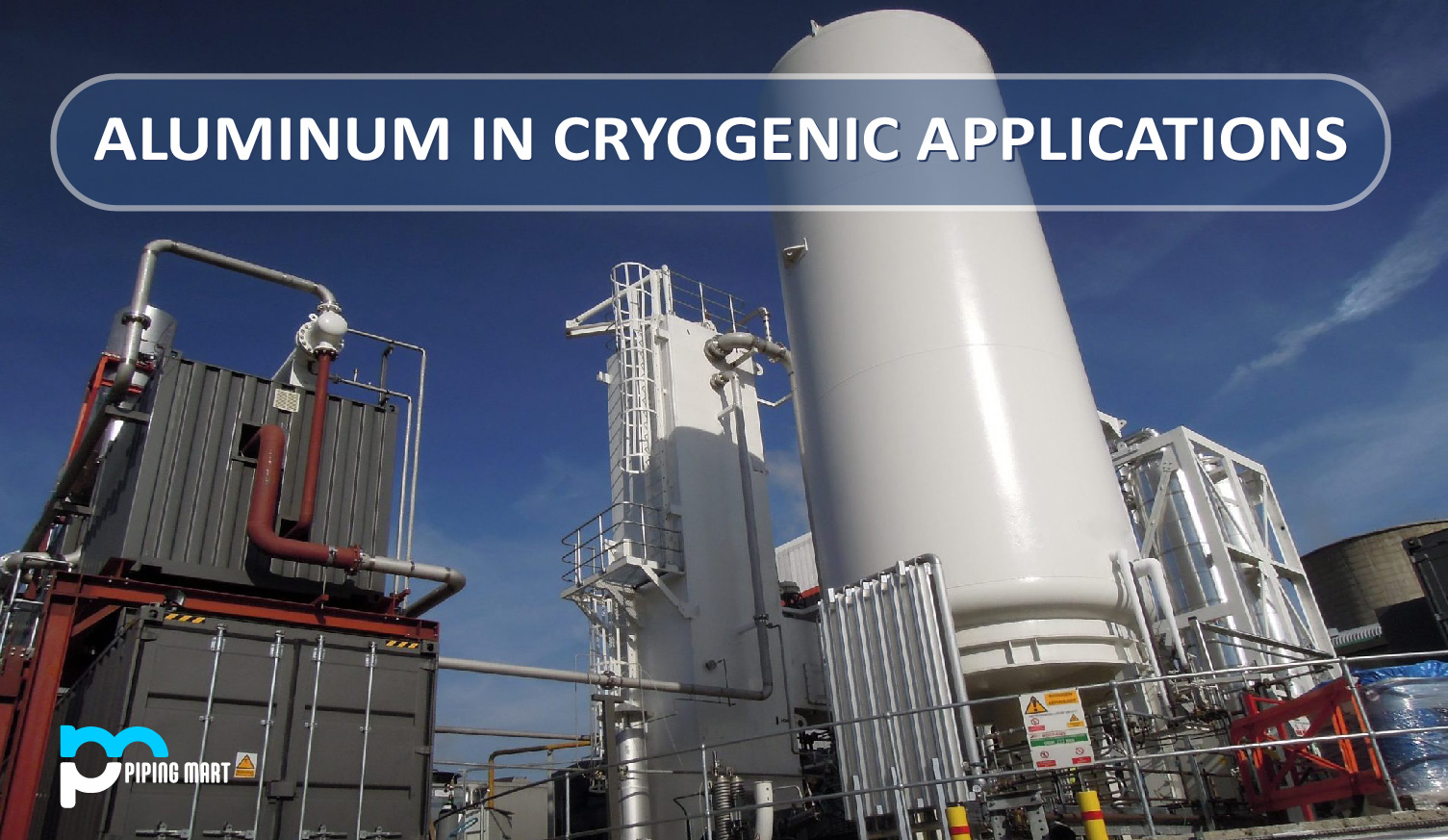Have you ever heard of oxy-fuel welding? If not, you’re not alone. It’s a form of welding that is used in many industries, and it has been around for decades. If you are curious about what oxy-fuel welding is and how it works, this blog post will provide an introduction.
What is Oxy-Fuel Welding?
Oxy-fuel welding (OFW) is a type of welding process that uses a combination of oxygen and fuel gases to join metals together. This type of welding is often referred to as oxyacetylene or gas welding because it utilizes acetylene gas as the fuel source. The heat produced by burning the gas mixture causes the metals to melt at a high temperature, creating a strong bond between them.
Oxy-fuel welding is most commonly used to join materials such as steel, brass, and copper, but it can be used with other materials as well. It’s also widely used in industrial applications such as motor vehicle repair, shipbuilding, and construction.
Oxy-Fuel Welding Uses
One major benefit of oxy-fuel welding is its versatility; it can be used on a variety of different types of metal, including stainless steel, cast iron, aluminium and even titanium alloys. This makes it an ideal choice for many industrial applications where multiple materials need to be joined together quickly and efficiently. Additionally, because the process does not require electricity or any specialized tools or equipment, it can be done almost anywhere – from the workshop floor to remote locations in the field.
How Does Oxy-Fuel Welding Work?
The process of oxy-fuel welding involves preheating the metal pieces that need to be joined before introducing oxygen and fuel gases into the mix. The oxygen helps burn the fuel gases more efficiently while simultaneously cooling down the metal pieces, so they don’t overheat during the process. Once everything has reached an optimal temperature range (typically between 2200°F and 2700°F), the metal pieces are brought together into place while they are still hot—this creates a strong bond that won’t break when cooled back down again later on.
Conclusion:
Oxy-fuel welding has been around for decades but remains one of the most versatile forms of welding available today – making it ideal for both industrial use cases as well as hobbyists who want to experiment with different types of metalworking techniques without having to invest in specialized equipment or training courses first. With its easy set-up requirements, affordability and portability, OFW offer users a way to get started with their projects quickly without breaking their budget too much along the way! So if you’re looking for an efficient way to weld various metals together, then consider giving oxy-fuel welding a try!
Meet Heer, a dynamic and driven writer learning tricks of her trade in the metal industry. With a background in Digital Marketing, Heer brings a unique perspective to her writing, sharing valuable insights. Apart from blogging she like reading and hiking.




